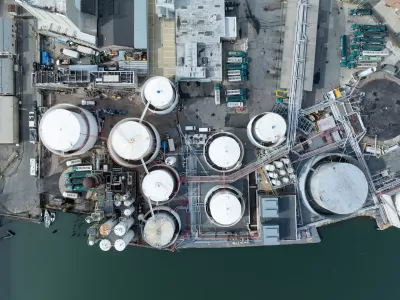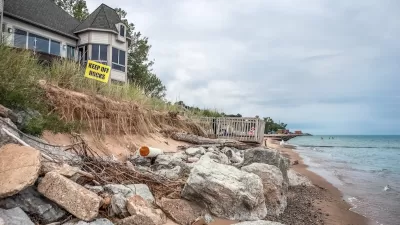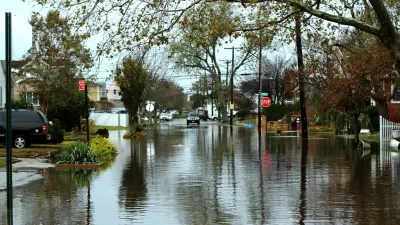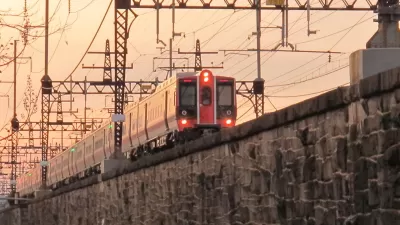More than 1,000 coastal facilities could flood as often as once a month as sea levels rise, according to a study from the Union of Concerned Scientists.

An analysis from the Union of Concerned Scientists (UCS) highlights the growing flood risk to thousands of infrastructure facilities in coastal parts of the United States, reports Christina Andrews for WUWF.
According to the report’s authors, “nearly 1,100 basic facilities and infrastructure along the U.S. coastline would flood 12 times a year on average, or the equivalent of once a month, by 2050, assuming a medium rate of sea level rise.”
Report co-author Dr. Kristina Dahl says the analysis quantifies the impacts of climate change. “Things like wastewater treatment plants, schools, hospitals. So what we've done here is mapped out areas that will experience more frequent flooding due to sea level rise, and then mapped those out with respect to the infrastructure that's along our coasts, we are able to pinpoint when and where that infrastructure will be affected by more frequent flooding.”
The authors hope the report will spark action to protect coastal infrastructure. “One of the reasons that we wanted to look at critical infrastructure is that it's very long-lived and it takes a long time to plan and to build or to renovate,” said Dahl. “But the prospect of having that contamination not isolated and spreading out into our neighborhoods, we hope, alerts people to the real dangers that sea level rise presents. And we also know from this analysis that there is time to plan for this.”

Study: Maui’s Plan to Convert Vacation Rentals to Long-Term Housing Could Cause Nearly $1 Billion Economic Loss
The plan would reduce visitor accommodation by 25,% resulting in 1,900 jobs lost.

North Texas Transit Leaders Tout Benefits of TOD for Growing Region
At a summit focused on transit-oriented development, policymakers discussed how North Texas’ expanded light rail system can serve as a tool for economic growth.

Why Should We Subsidize Public Transportation?
Many public transit agencies face financial stress due to rising costs, declining fare revenue, and declining subsidies. Transit advocates must provide a strong business case for increasing public transit funding.

How to Make US Trains Faster
Changes to boarding platforms and a switch to electric trains could improve U.S. passenger rail service without the added cost of high-speed rail.

Columbia’s Revitalized ‘Loop’ Is a Hub for Local Entrepreneurs
A focus on small businesses is helping a commercial corridor in Columbia, Missouri thrive.

Invasive Insect Threatens Minnesota’s Ash Forests
The Emerald Ash Borer is a rapidly spreading invasive pest threatening Minnesota’s ash trees, and homeowners are encouraged to plant diverse replacement species, avoid moving ash firewood, and monitor for signs of infestation.
Urban Design for Planners 1: Software Tools
This six-course series explores essential urban design concepts using open source software and equips planners with the tools they need to participate fully in the urban design process.
Planning for Universal Design
Learn the tools for implementing Universal Design in planning regulations.
Ascent Environmental
Borough of Carlisle
Institute for Housing and Urban Development Studies (IHS)
City of Grandview
Harvard GSD Executive Education
Toledo-Lucas County Plan Commissions
Salt Lake City
NYU Wagner Graduate School of Public Service





























